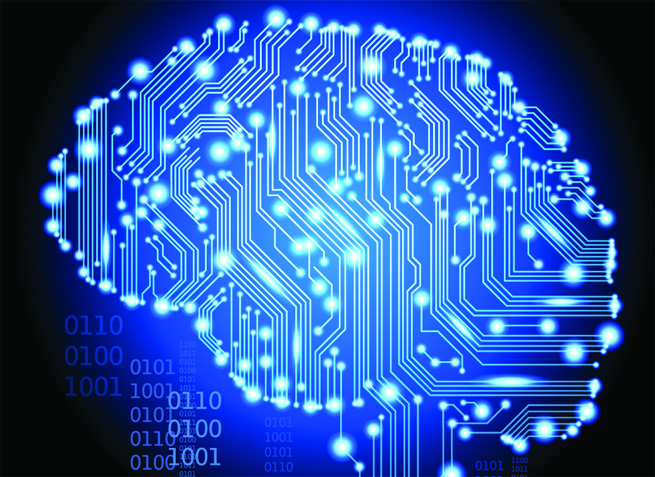 NEWS
NEWS
 NEWS
NEWS
 NEWS
NEWS
![]() A 52-year old woman paralyzed from the neck down and suffering from Tetraplegia has been able to guide a robotic arm with her thoughts with a level of agility closer to normal. This study has been conducted by the researchers at the University of Pittsburg, who ran the experiment over a course of 13 weeks.
A 52-year old woman paralyzed from the neck down and suffering from Tetraplegia has been able to guide a robotic arm with her thoughts with a level of agility closer to normal. This study has been conducted by the researchers at the University of Pittsburg, who ran the experiment over a course of 13 weeks.
They implanted two tiny electronic chips with complex algorithm, each with 96 electrodes in the woman’s motor cortex, the region of the brain that initiates movements. After a training of 13-weeks, the woman was able to use a robotic limb to perform tasks, such as giving herself a drink of coffee. She was able to move the prosthetic limb freely in the three-dimensional workspace on the second day of training, and seven-dimensional movements were recorded during the 13-weeks.
“We implanted two 96-channel intracortical microelectrodes in the motor cortex of a 52-year-old individual with tetraplegia. Brain—machine-interface training was done for 13 weeks with the goal of controlling an anthropomorphic prosthetic limb with seven degrees of freedom (three-dimensional translation, three-dimensional orientation, one-dimensional grasping). The participant’s ability to control the prosthetic limb was assessed with clinical measures of upper limb function. This study is registered with ClinicalTrials.gov, NCT01364480.”
Further, the researchers’ group recorded 91.6 percent accuracy in performing target-based reaching tasks at 13 weeks, as well as improvements in speed and efficiency.
“There is no limit now to decoding human motion,” Michael Boninger, a member of the research team said. “It gets more complex when you work on parts like the hand, but I think that, once you can tap into desired motion in the brain, then how that motion is affected has a wide range of possibilities.”
Besides, the research team plans to make a wireless version of the brain-machine interface, and to incorporate sensory feedback. The robotic arm has more than 100 sensors that can detect vibration, pressure, temperature, and other sensations. They also plan to work with more patients to develop a model that can be put to therapeutic use.
THANK YOU